Airbus has started producing the first structural parts for its new A350F – building the world’s most capable and efficient widebody freighter on time, and well ahead of the competition.
The aircraft is coming to reality in just under 1.5 years after the new freighter was officially unveiled to the industry. It is also further testimony that Airbus is progressing well on its commitment to provide airlines and the cargo industry with a unique choice via this all-new technology widebody freighter.
The first metal cuts for the A350F had just taken place in Nantes with the machining of the first parts for the Centre Wing Box (CWB). These parts include the “vertical cruciform” – the massive fitting that joins the outer-wing boxes to the CWB.
In terms of the manufacturing and sub-assembly operations at Nantes, 15 working stations out of the 38 at the factory have been adapted to cater to the new freighter variant’s CWB, allowing production to be intermixed flexibly, i.e., together with the CWBs for the A350-900 and -1000 models.
Once the large CWB subassembly is ready for delivery in the coming months, it will be loaded onto a special transport jig and depart Nantes by road to reach Airbus Atlantic’s factory at Montoir-de-Bretagne. There it will be installed into the first A350F’s center fuselage.
When it enters service in 2025, the A350F will carry a payload of up to 109 tonnes over a range of 4,700nm. As a new member of the A350 Family, this freighter variant benefits from state-of-the-art technologies, aerodynamics, and unrivaled operational flexibility and reliability. At the time of writing, the A350F had received 35 orders, comprising: four aircraft from CMA-CGM; seven aircraft from Air Lease Corporation; seven aircraft from Singapore Airlines; four from Air France; two from Silk Way West Airlines; seven from Etihad Airways; and four from Martinair.
Read next
The Federal Aviation Administration (FAA) has recently added new airworthiness requirements addressing engine bird ingestion, which is a critical issue that has been a concern for the aviation industry for many years. Bird ingestion into aircraft engines can cause significant damage to the engine, leading to catastrophic events such as engine failure, loss of power, or even crashes. The new requirements are aimed at reducing the risk of such incidents and improving overall flight safety.
This has come, 14 years after bird strikes forced the ditching of US Airways flight 1549 into the Hudson River, the Federal Aviation Administration has completed a rule intended to make aircraft engines more resilient to ingesting birds.
The FAA has been working on this issue for several years and has gathered data and conducted extensive research on bird strikes and their impact on aircraft engines. The FAA has also been collaborating with other agencies and organizations, such as the National Transportation Safety Board (NTSB) and the International Civil Aviation Organization (ICAO), to develop comprehensive guidelines and standards for bird ingestion prevention and mitigation.
The new airworthiness requirements, which were released in a recent FAA advisory circular, focus on several key areas. Firstly, the requirements provide more detailed guidance on the testing and certification of aircraft engines to ensure that they can withstand bird strikes. This includes new standards for engine fan blade containment and resistance to bird impact, as well as requirements for testing engines under various bird strike scenarios.
Secondly, the requirements address the need for improved bird strike reporting and data collection, which is critical for identifying patterns and trends and developing effective prevention strategies. The FAA is encouraging airlines, airports, and other stakeholders to report all bird strikes and near-misses to the appropriate authorities and to share data and information with the aviation community.
Thirdly, the requirements emphasize the importance of regular engine maintenance and inspection to detect and repair any damage caused by bird strikes. Airlines and maintenance providers are required to follow specific procedures and guidelines for engine inspection and repair, as well as to maintain accurate records of all maintenance activities.
Finally, the requirements include new training and education requirements for pilots and other aviation personnel to increase awareness of the risks of bird strikes and the importance of following proper procedures to prevent and mitigate them. This includes training on how to identify and report bird strikes, as well as how to respond to emergencies caused by engine failure or other bird strike-related incidents.
Overall, the new airworthiness requirements addressing engine bird ingestion are an important step forward in improving flight safety and reducing the risk of catastrophic events caused by bird strikes. The FAA's efforts to develop comprehensive guidelines and standards for bird strike prevention and mitigation demonstrate its commitment to ensuring the safety and security of the aviation industry. By working together with other agencies and stakeholders, the FAA is helping to create a safer, more efficient, and more sustainable aviation system for all.
Read next
Amsterdam's Schiphol Airport will restrict private planes in order to become more environmentally friendly
Abhishek Nayar
05 Apr 2023
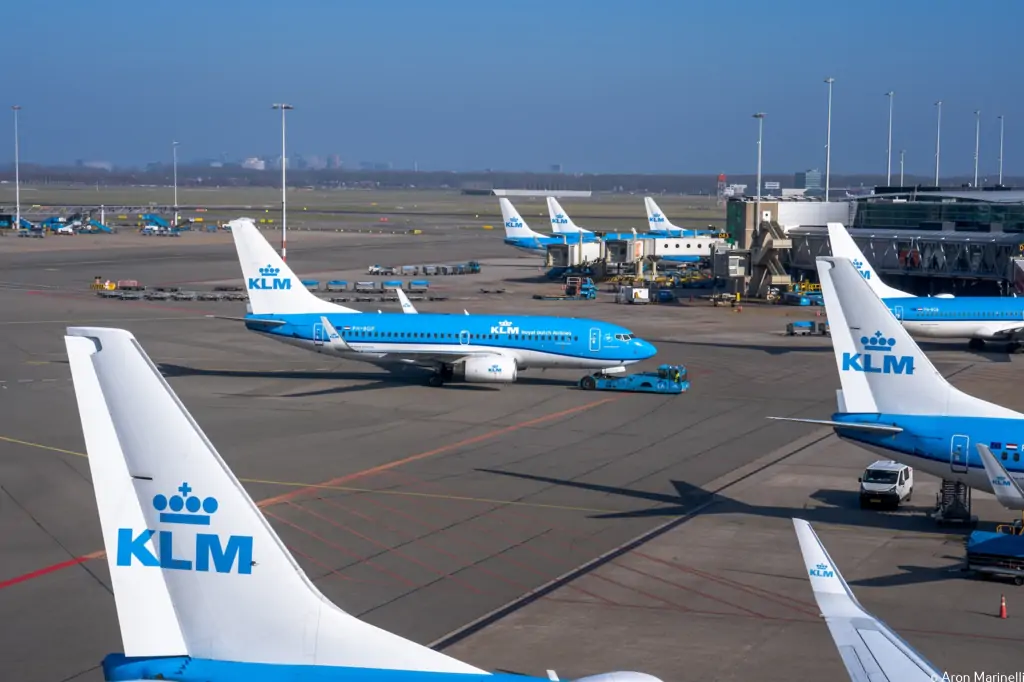
The managing corporation of Amsterdam Schiphol Airport (AMS) has implemented many efforts to lessen the environmental impact of the Netherlands airport.
The Royal Schiphol Group, which controls AMS, Rotterdam The Hague Airport (RTM), and Lelystad Airport (LEY), as well as a controlling share in Eindhoven Airport (EIN), announced eight initiatives aimed at making aviation "quieter, cleaner, and better."
Some of the most significant restrictions include a nighttime curfew, a prohibition on take-offs and landings between 12:00 a.m. and 6:00 a.m., no extra runway, a ban on private jet flights, and limiting flights operated by the "noisiest aircraft."
To decrease noise and emissions, Amsterdam's Schiphol Airport has announced plans to end all night flights and ban private planes by 2025.
The Dutch government has already directed the hub to cut the number of annual flights for the next two years.
Schiphol now proposes no departures between midnight and 6 a.m., as well as no arrivals between midnight and 5 a.m.
The airport also wants to scrap plans for a second Kaagbaan runway as well as restrict private planes and the "noisiest" aircraft. Schiphol plans to adopt all of these changes "no later than" 2025–2026.
KLM, the Dutch carrier, expressed "surprise" at Schiphol's statement and chastised the airport for not engaging industry stakeholders.
Schiphol International Airport connects the Netherlands to the rest of the globe. We want to continue doing it, but we need to do it better', said Ruud Sondag, CEO of the Royal Schiphol Group. Sondag stated that the airport's only path ahead is to "become quieter and cleaner more quickly." The CEO also stated that while the group has been focused on expansion, it has been "too little" focused on the effect of that development.
"We need to be sustainable for our staff, the local ecosystem, and the planet," Sondag continued.
“I recognize that our decisions may have far-reaching consequences for the aviation sector, but they are unavoidable. This demonstrates that we mean business," he said.
Read next
Richard Branson’s Virgin Orbit declares bankruptcy following the failure of a rocket flight
Abhishek Nayar
05 Apr 2023
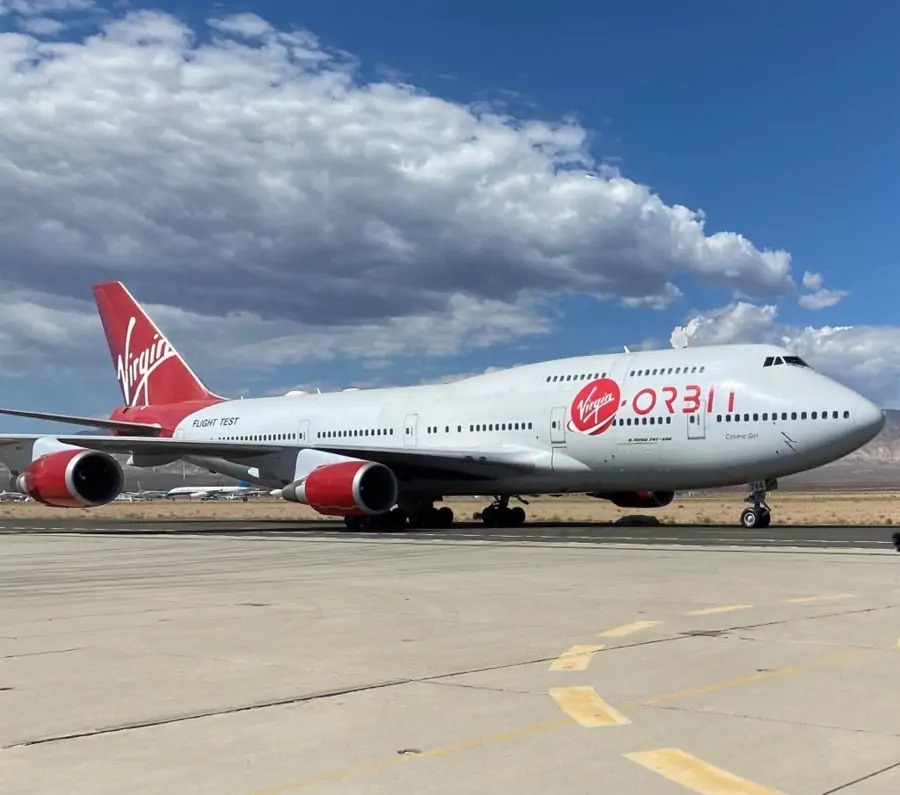
After the failure of a rocket mission, Virgin Orbit Holdings Inc., the space launch firm established by billionaire entrepreneur Richard Branson, filed for Chapter 11 bankruptcy protection on Tuesday. The business, which hoped to provide low-cost and flexible satellite launch services, experienced a setback when its LauncherOne rocket failed to reach orbit on a recent flight, and it struggled to find long-term finance after a failed launch in January.
The filing comes less than two years after Virgin Orbit went public at a $3 billion valuation. But the January incident caused the firm to seek additional capital and cease operations.
"We think that the Chapter 11 procedure provides the best road ahead for identifying and finalising an efficient and value-maximizing transaction," said Virgin Orbit CEO Dan Hart in a statement.
The startup, which was split off from Virgin Galactic in 2017, uses rockets fired from a modified Boeing 747 airliner to put satellites into orbit.
Read next
Indian pilots body requests shorter notice periods in a letter to the aviation minister
Radhika Bansal
05 Apr 2023
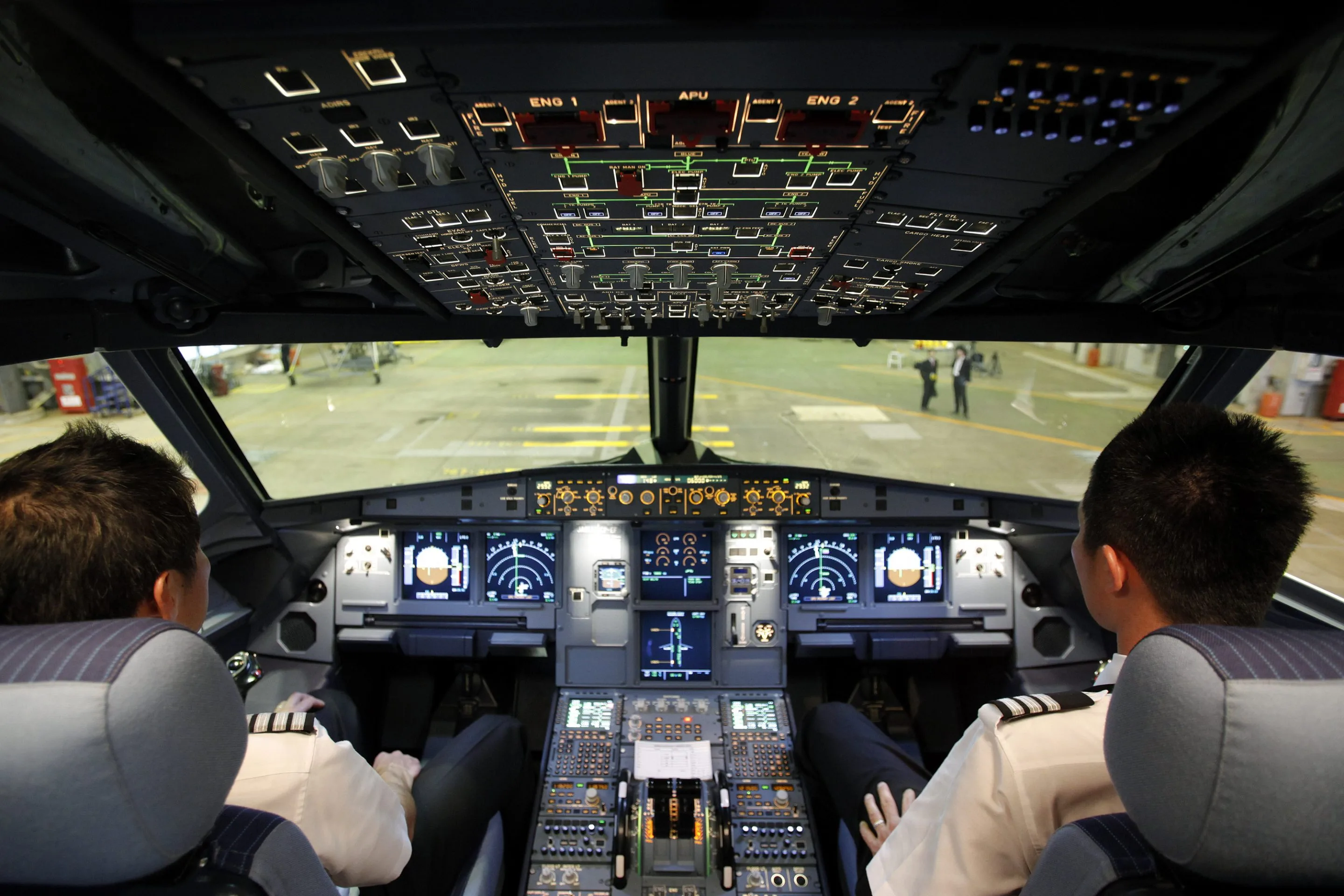
The Federation of Indian Pilots, on April 4, wrote to Aviation Minister Jyotiraditya Scindia regarding their concerns with the prolonged notice period requirement of Indian Pilots. The letter stated the length of the notice period poses a significant safety risk to the aviation industry and the public, whilst undermining the safety culture mandated by the International Civil Aviation Organisation (ICAO).
"The prevailing industry norm in India, which requires pilots to serve a minimum notice period of six months or more for resigning (while no such long notice period is required from the employer to terminate a pilot), is an exploitative and unsafe practice." the letter read.
Further, the federation pointed out that some employers force pilots to furnish unreasonable bonds and open-dated checks to prevent them from leaving their current employment. Employers often enforce unreasonable bonds and use coercive tactics, such as encashing open-dated checks obtained from pilots, not paying dues, and not releasing safety records. Pilots who are dissatisfied and predictably mentally stressed are often forced to stay with their current employers against their will because of their mental stress. Due to this, they are at risk for anxiety, workplace harassment, and losing out on better job opportunities in the global market.
"The Aircraft Rules 1937 mandate that personnel involved in aircraft operations must be qualified and competent to perform their duties. The above-mentioned tactics used by some employers to force their pilots to continue working for 6 months or more, impede the pilots’ ability to focus and concentrate whilst performing their duties during the notice period, thereby compromising the competency requirement of the Aircraft Rules, making it unsafe for passengers and crew." the FIP wrote. The federation urged the minister to intervene in the matter on an urgent basis and mentioned that the industry norm is a one-month notice period, which may extend to two months in rare cases.
Cover Image - Bloomberg
Read next
Amid the ongoing conflict between Russia and the US-backed Ukraine, the IAF and USAF will hold wargames at the Kalaikunda air base in West Bengal from April 10."A squadron of the US Air Force's F-15 Strike Eagle fighter aircraft will be arriving at the Kalaikunda airbase in West Bengal for the Cope India series of wargames where the Indian side would be mainly fielding its Russian-origin Sukhoi-30 jets," senior IAF officials told here. The Indian side would be represented by the Su-30MKIs along with the other combat aircraft from other modern fleets, they said.
The LCA Tejas also may be fielded during the exercise to showcase the 'Made-in- India' aircraft. The US Air Force contingent arriving for the exercise is expected to come from the American military's Pacific Command, which coordinates with India in the Indo-Pacific region. The timing of the exercise with the participation of the F-15 fighter aircraft is important as it is one of the contenders for the planned competition for the 114 multi-role fighter aircraft competition by the Indian Air Force. Indian Air Force & US Air Force to engage in wargames 'Cope India' from April 10The Indian Air Force is also likely to field its airborne early warning aircraft and IL-78 mid-air refuelers for the exercise, they said. The Indian Air Force has recently been engaged in multiple multinational exercises in which the US has also participated, including the EX Desert Flag in the UAE and Ex Cobra Warrior in the UK. The field training exercise focused on enhancing US-Indian cooperation by building on existing capabilities, aircrew tactics, and force employment.
ALSO READ - LCA Tejas set to debut at international multilateral air exercises in UAE
Cope India began in 2004 as a fighter training exercise held at Air Station Gwalior, India. The exercise has evolved to incorporate subject matter expert exchanges, air mobility training, airdrop training, and large-force exercises, in addition to fighter-training exercises. The last edition of the wargame was held in 2019. The US has also been making efforts to have closer military ties with Indian forces, which have traditionally used Russian-origin hardware, including the Air Force and Army mainly. Cope India Exercise are a series of international Air Force exercises between the Indian Air Force and the United States Air Force conducted on and over Indian soil. The first such exercise, which required many months of preparation, was conducted at the air force station in Gwalior from February 16 through February 27, 2004, with the US Air Force withdrawing troops and aircraft on February 27. The exercise included flight tests, practice, and demonstrations, as well as lectures on subjects related to aviation.
There were also media functions and social interactions among troops of the two countries. After the event was over, the Indian Air Force indicated that "the mutual respect and bonhomie that developed between members of the two sides have cemented a firm foundation for moving ahead towards higher bilateralism." According to press reports, representatives of the United States found it a "positive experience" that led to the re-evaluation of some assumptions about US air tactics. The exercise was repeated in 2005, 2006, 2009, and 2018.

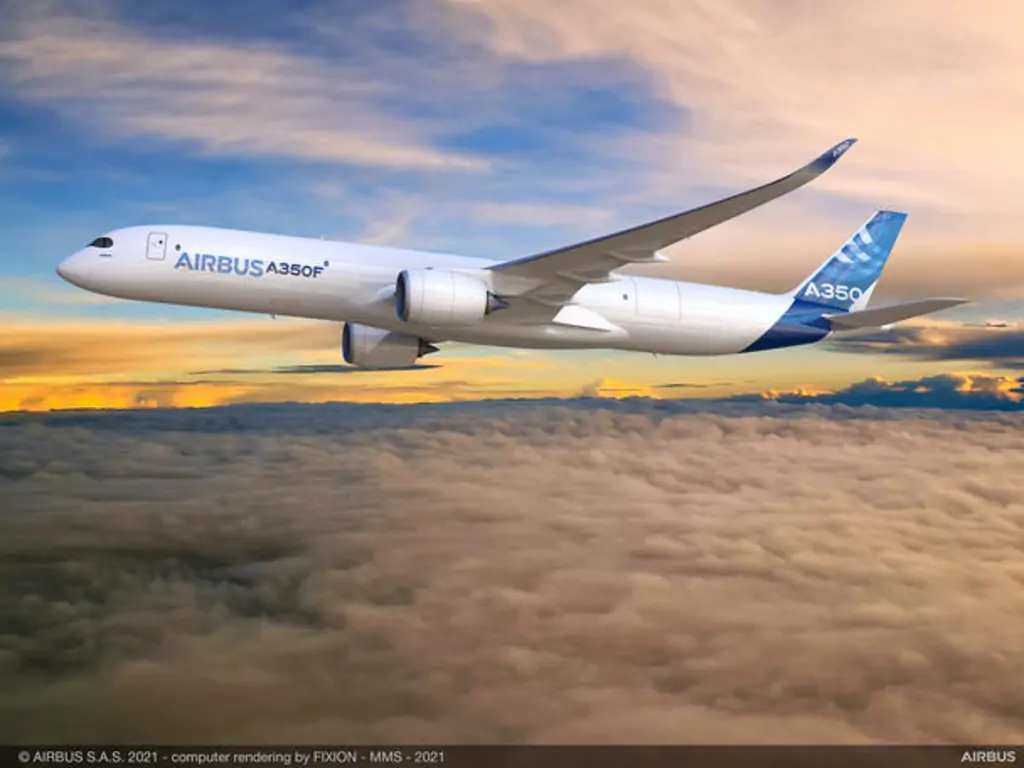
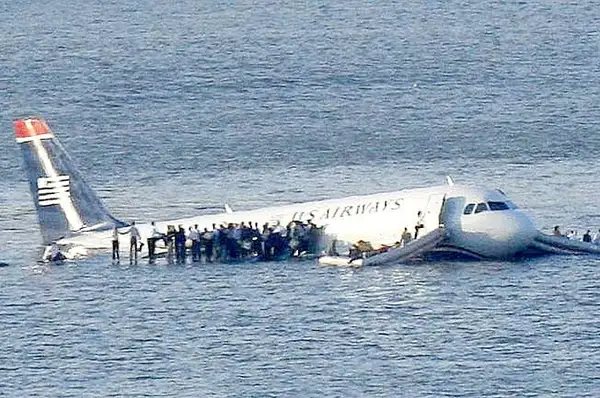


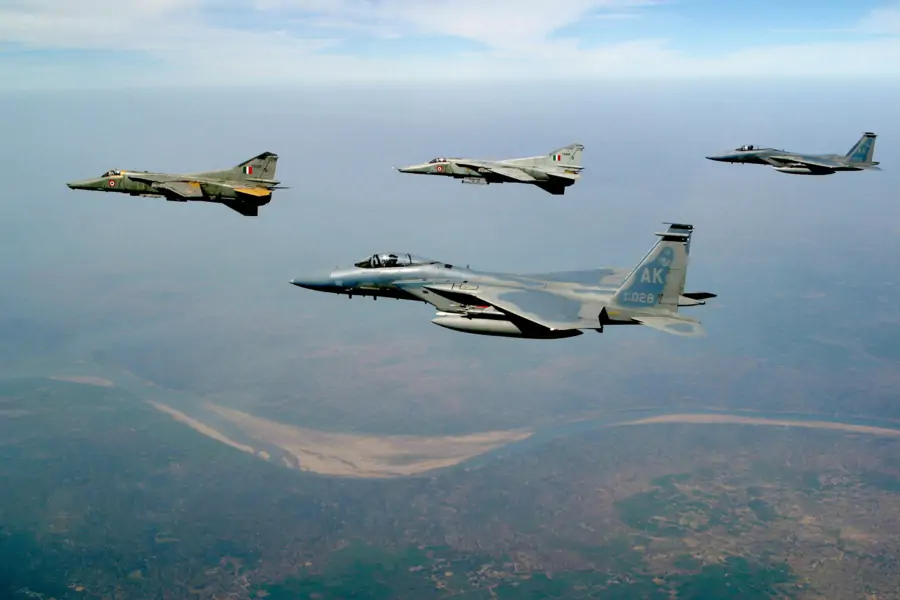
Comment